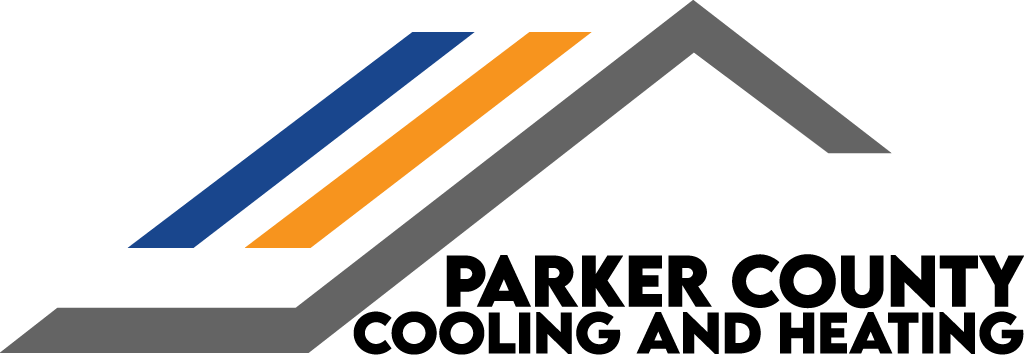
Ceiling fans are one of the most underrated ways to increase home comfort and cut energy costs. By boosting air circulation and assisting your HVAC system, ceiling fans and energy efficiency are truly a natural pairing. They offer a smart, energy-efficient way to keep cool while reducing strain on your AC—helping you avoid unnecessary air conditioning repair.
In this blog, the experts at Parker County Cooling & Heating explain how ceiling fans can keep you cool while saving you money thanks to increased HVAC efficiency. We'll also provide some HVAC efficiency tips that take advantage of ceiling fans.
Comfort vs. Temperature: Staying Cool Using the Wind-Chill Effect Indoors
Ceiling fans don’t actually change the room’s temperature—they make your home more comfortable by moving air over your skin. This is called the wind-chill effect, and it can make a room feel up to 4 degrees cooler without adjusting the thermostat. That means you stay comfortable and enjoy the benefits of indoor air circulation from your ceiling fan while using less AC—helping reduce your electric bill in summer.
The Best of Both: Why You Should Use Fans and Air Conditioning Together
There are several benefits to using ceiling fans and air conditioning in tandem, especially during the warmer months. By combining both, you boost HVAC efficiency and enjoy a cooler living space with less effort from your cooling system.
Why you should use ceiling fans and AC together:
- Ceiling fans help lower HVAC load by circulating cool air more evenly around the room. Reducing HVAC stress is important, because it can prevent a breakdown that may result in premature AC or furnace installation.
- Using ceiling fans enhances comfort by reducing uneven temperatures and enhancing circulation.
- Pairing ceiling fans and AC can lower your utility usage. If you have a home automation system, you can even adjust your smart thermostat settings to set the temperature higher while your ceiling fan is running.
Clockwise vs. Counterclockwise Ceiling Fan Rotation: What Direction to Spin in Summer and Winter?
To get the most out of your ceiling fans year-round, it’s important to make sure the blades rotate in the right direction for the season. The direction influences how air flows, which can either make you feel cooler or push warm air downward so you feel warmer.
When to rotate ceiling fans counterclockwise
On hot days, ceiling fans should turn counterclockwise at a higher speed. This creates a breeze that moves air toward the floor, amplifying the wind-chill effect and making you feel cooler.
When to rotate ceiling fans clockwise
On cold days, set your fan to spin clockwise on a slower speed. This lifts cooler air and circulates heated air down to where you can feel it, making the space feel cozier without adjusting your thermostat.
What Type of Ceiling Fan Is Best
Selecting the ideal ceiling fan depends on a few key factors, such as blade design, airflow rating and room dimensions. First, look for fans with a good balance of ECFM airflow and blade pitch to provide efficient air circulation in your home:
- ECFM refers to the amount of air a fan circulates—the cubic feet per minute, or CFM—per watt of electricity used. Fans with higher ECFM are the most energy efficient.
- Blade pitch refers to the incline of the blades. A sharper blade pitch moves more air but can also strain the motor.
Also, consider room size when sizing a ceiling fan—a fan that’s too small won’t move enough air, while one that’s too big may be too strong for the space.
Boost Your HVAC Efficiency With Help from Parker County Cooling & Heating
At Parker County Cooling & Heating, our HVAC specialists can help you enjoy year-round comfort while reducing strain on your heating and cooling systems. From practical fan advice and air conditioning installation to smart thermostats and furnace repair, we offer comprehensive services that work with your budget. Set up your appointment by calling 817-587-4899 today.
